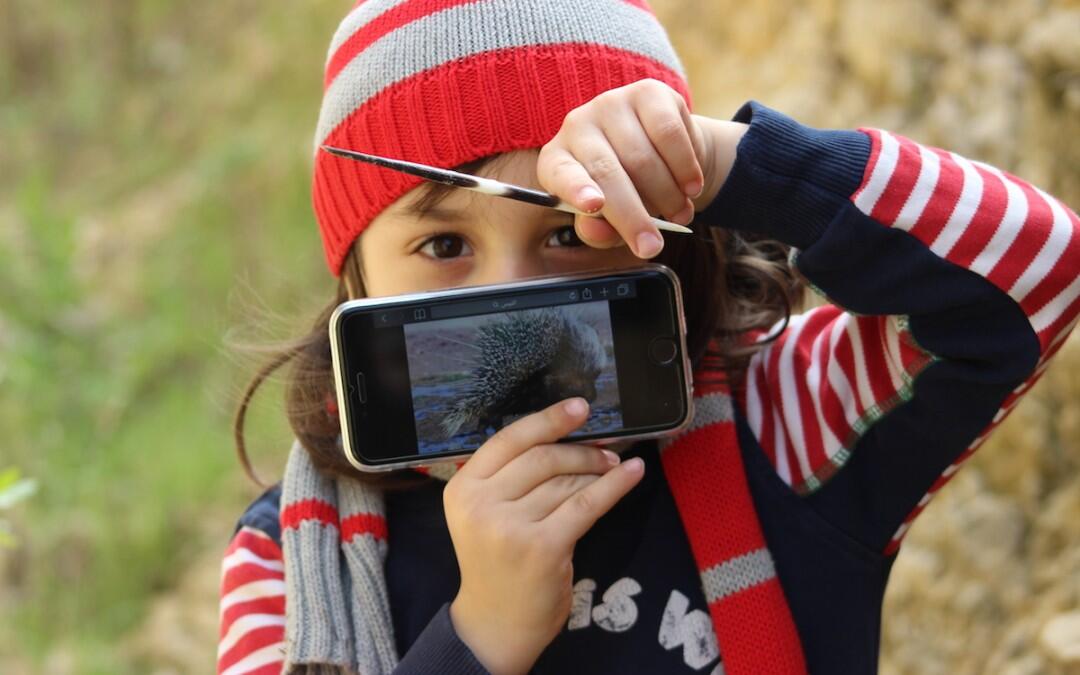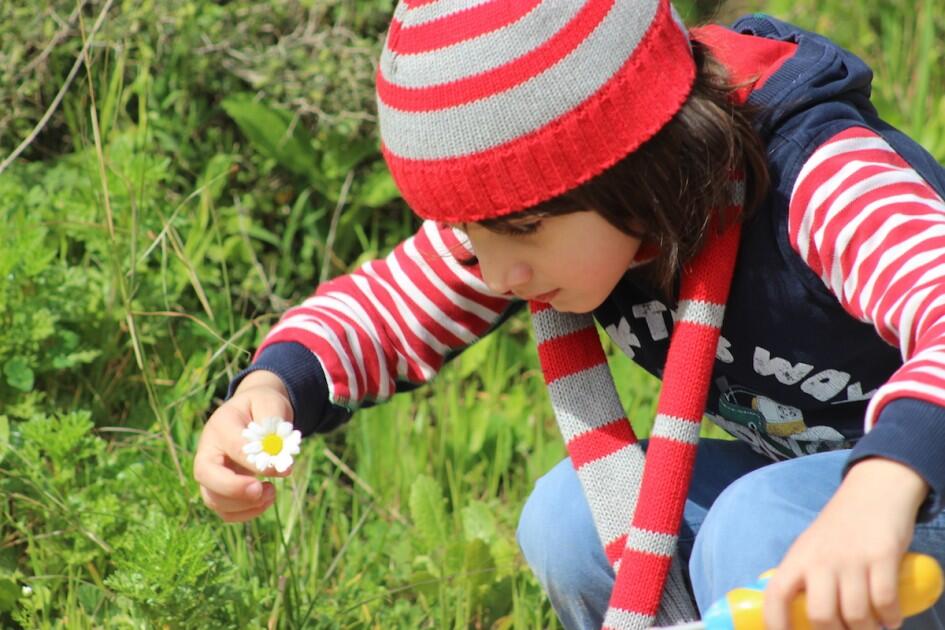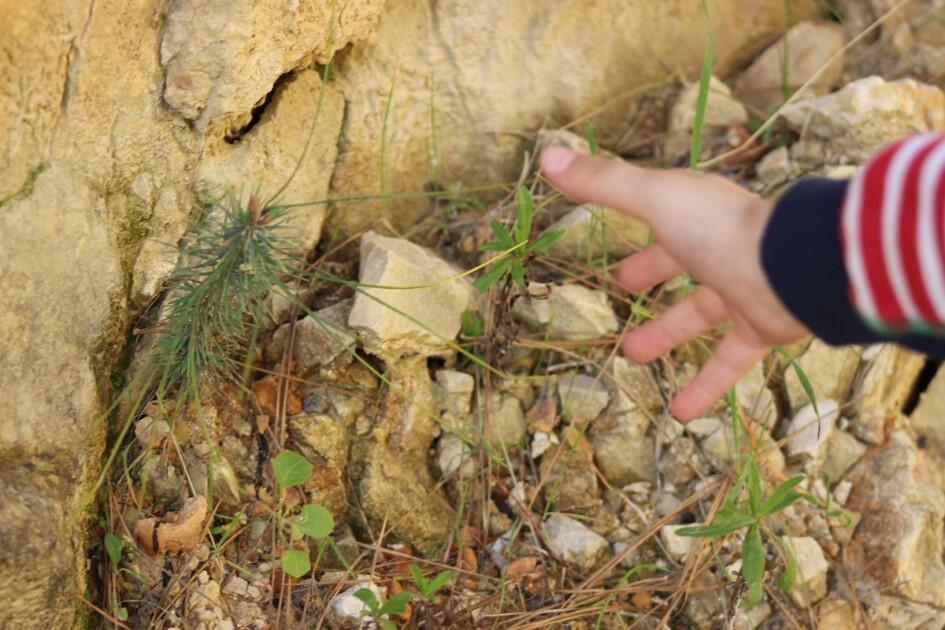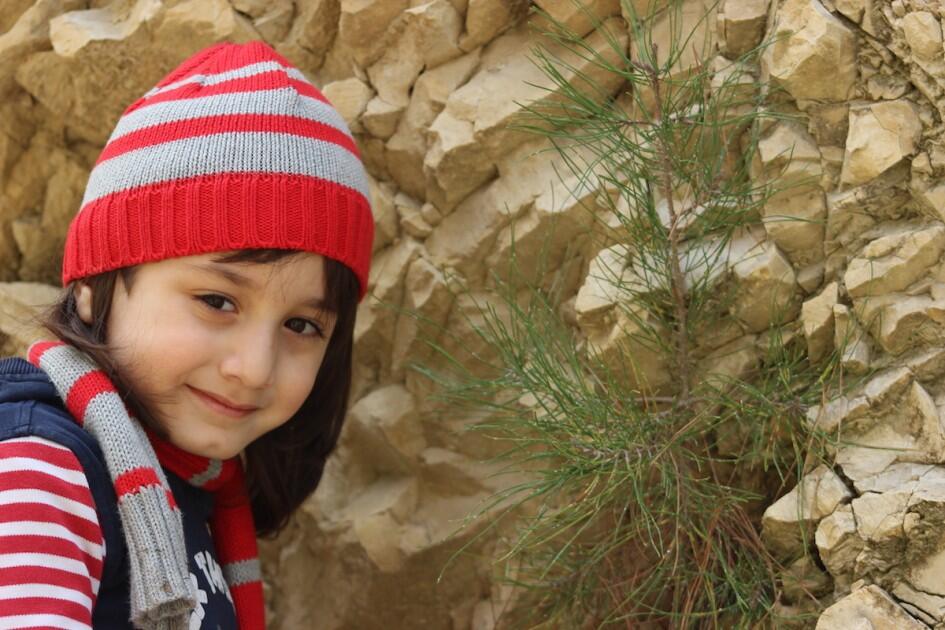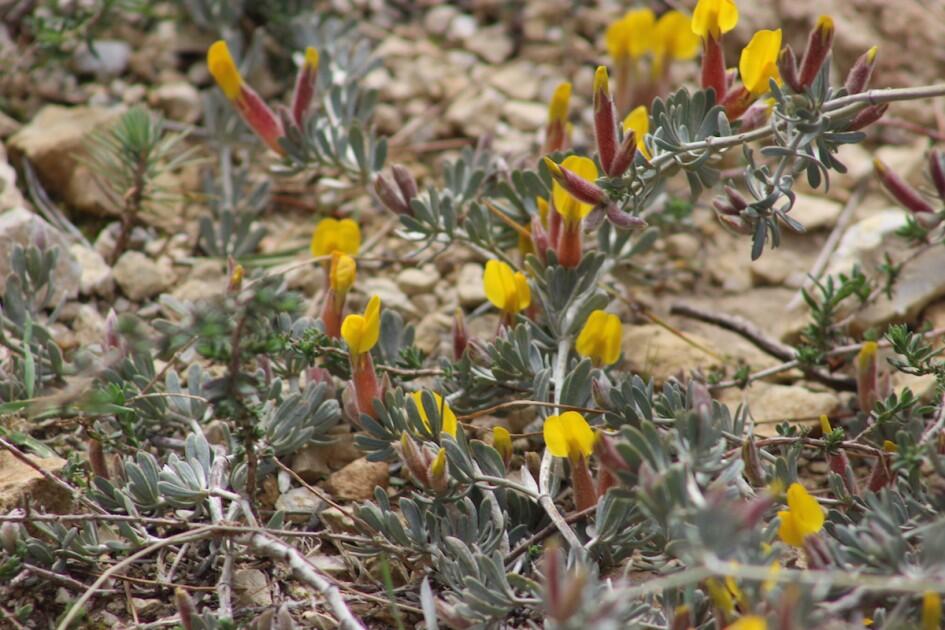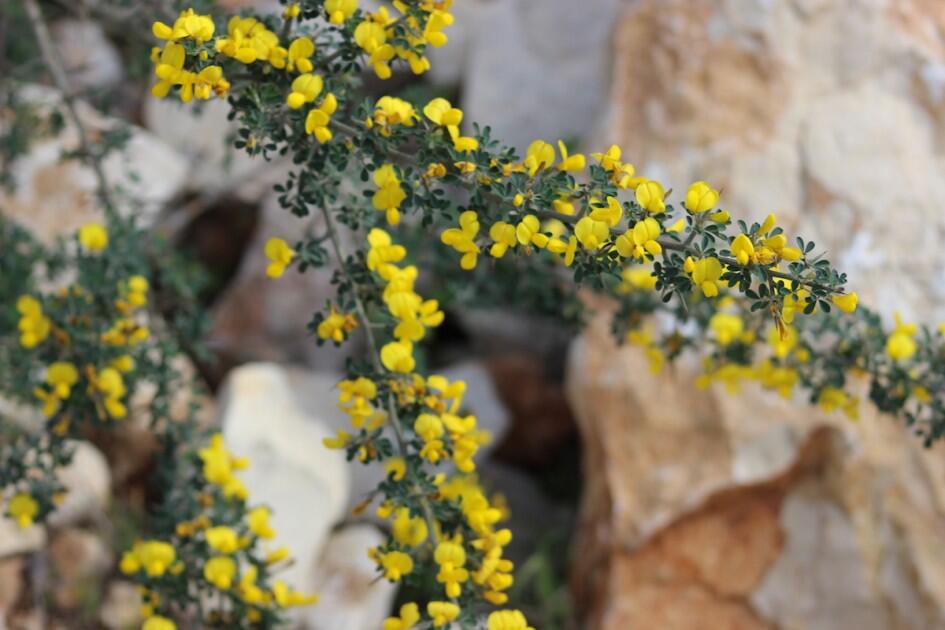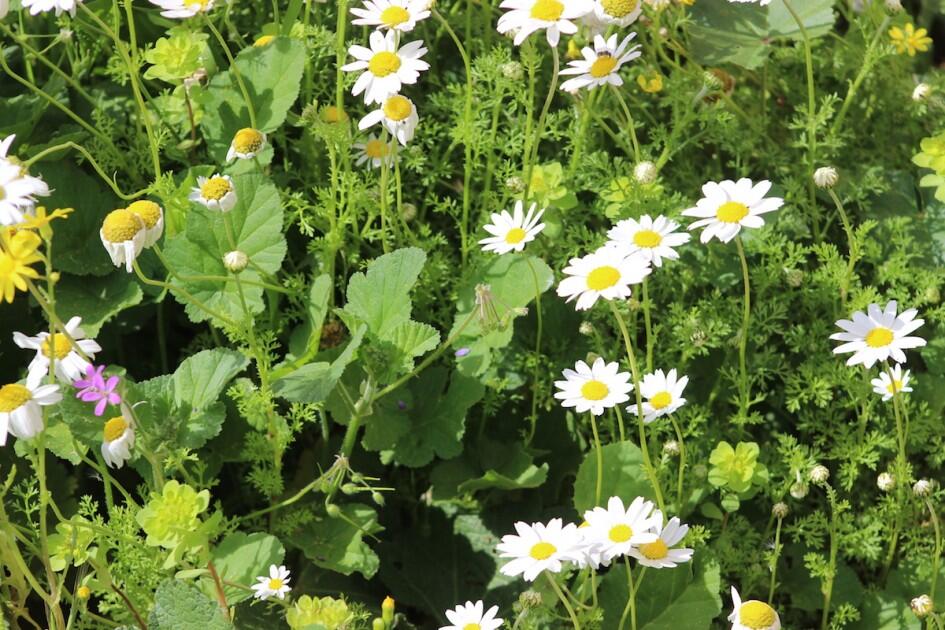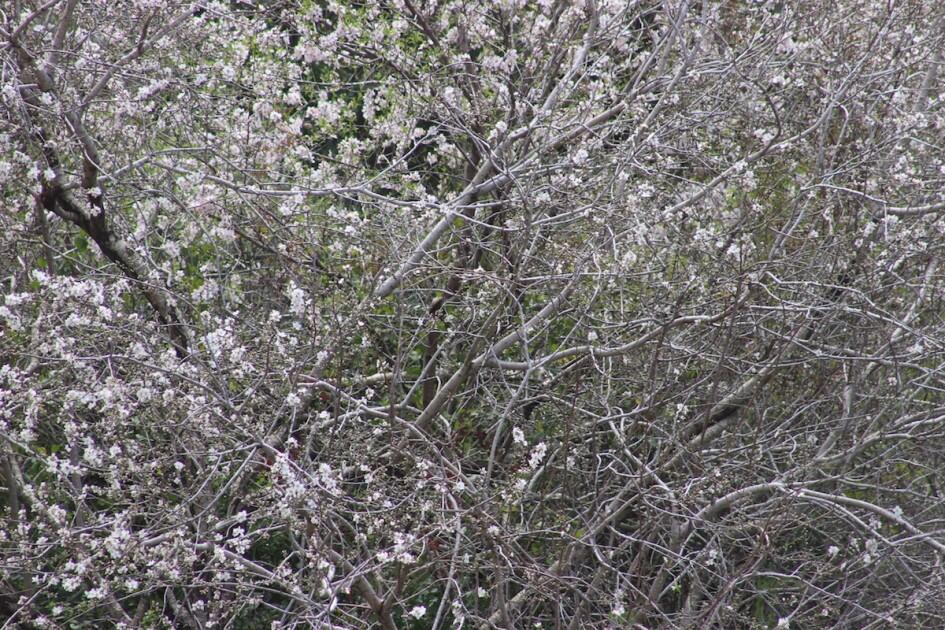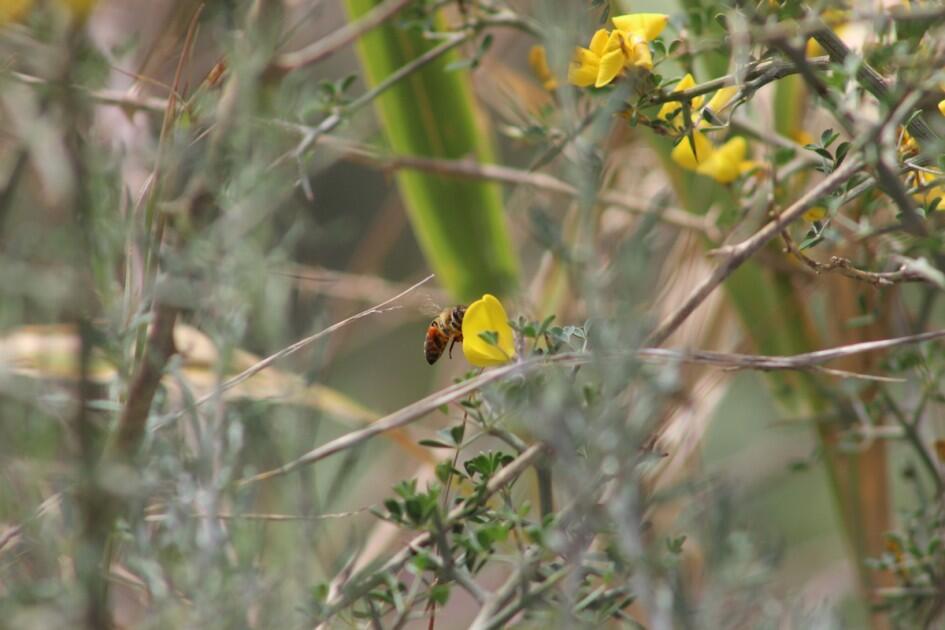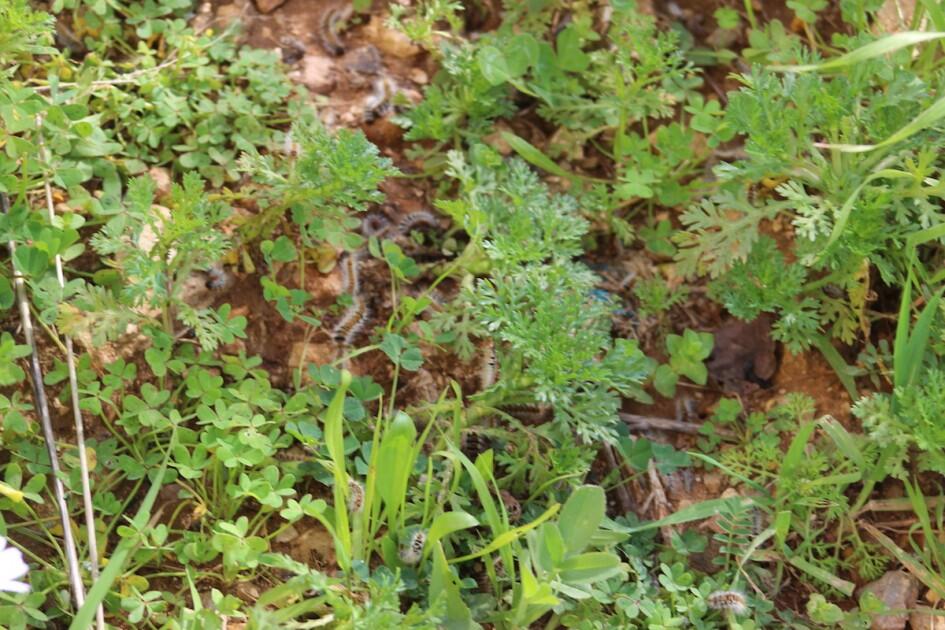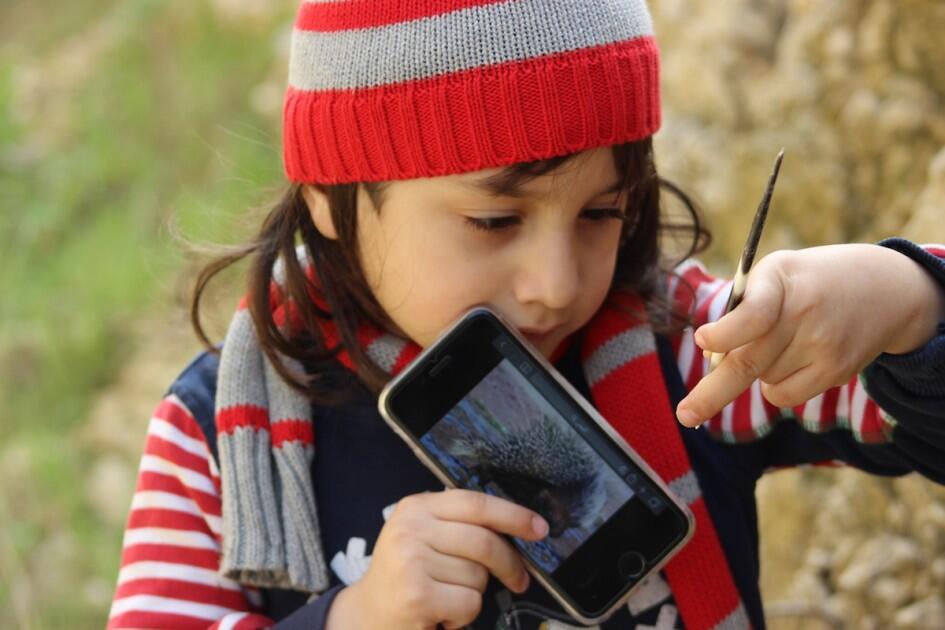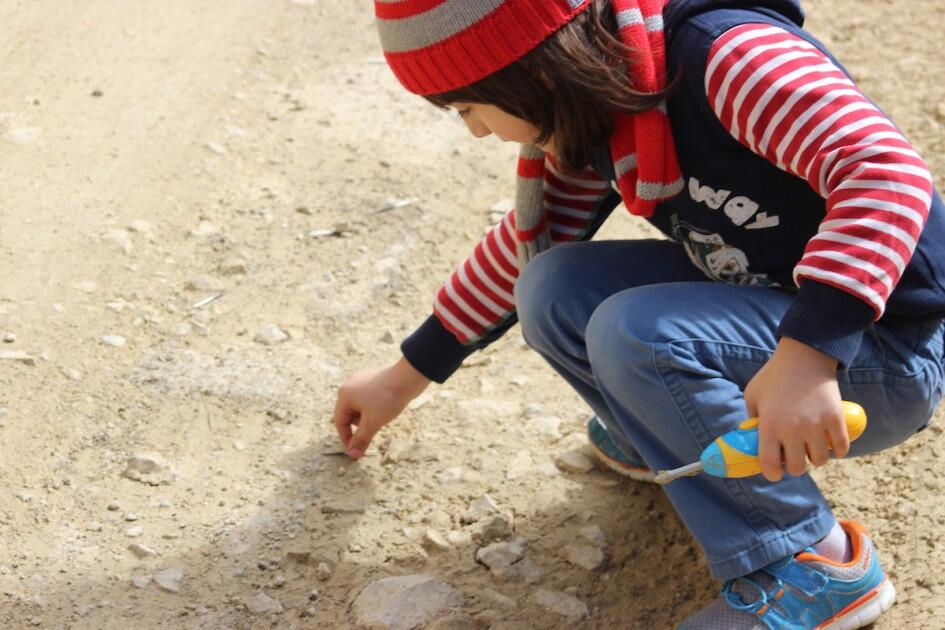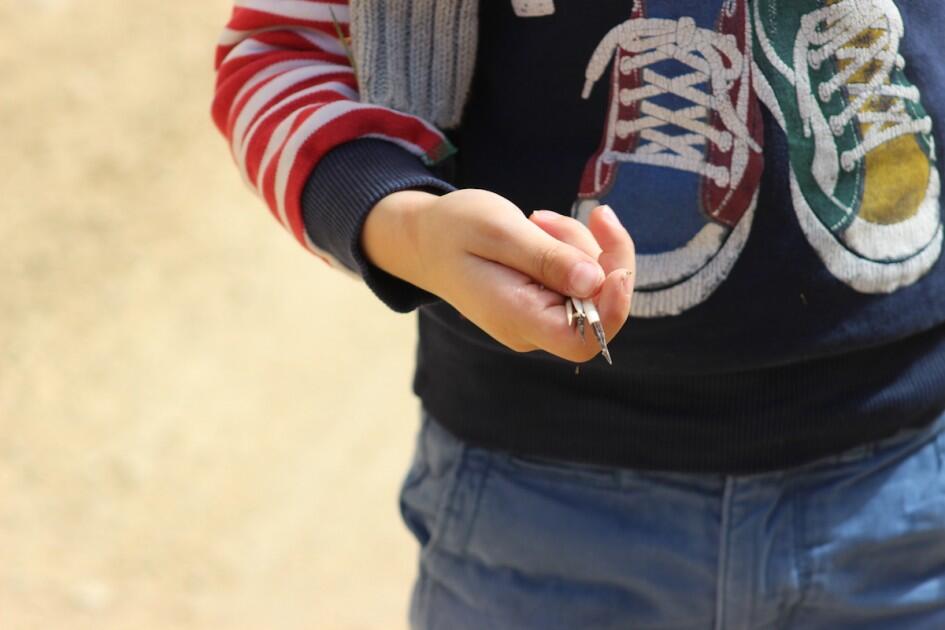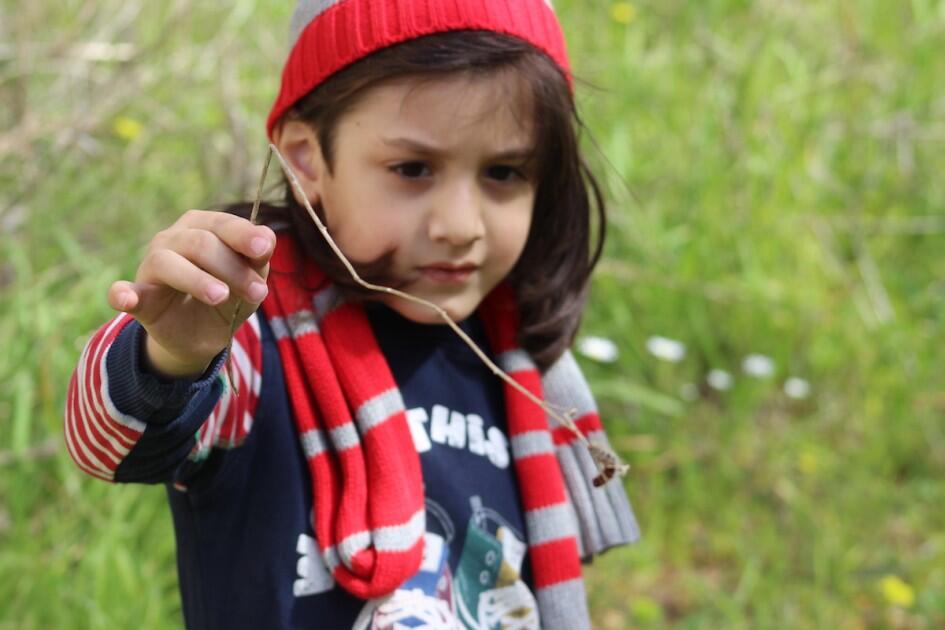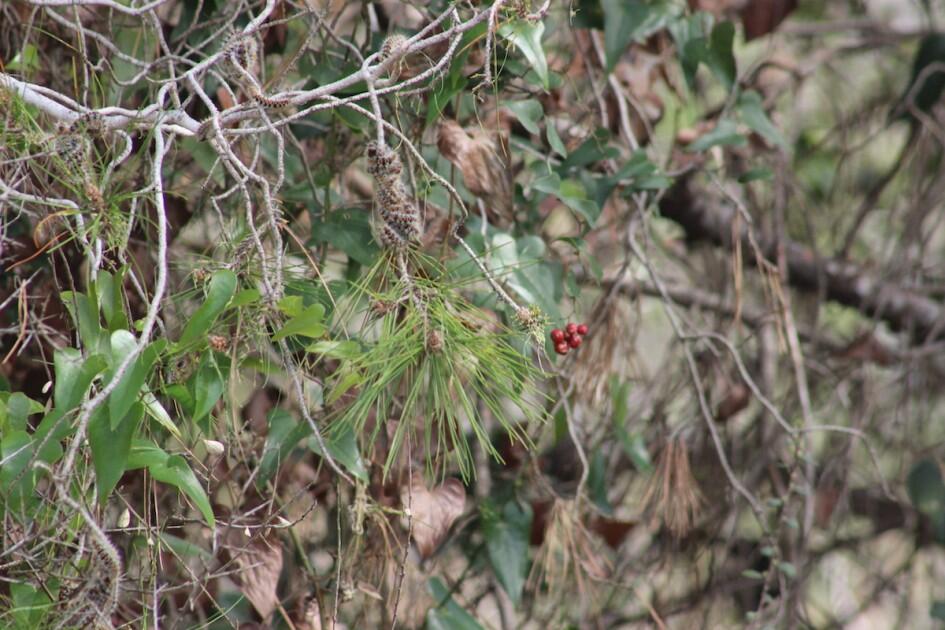Protecting the environment and preserving it is every person’s duty, whatever age he/she was. Therefore, parents should motivate their children to protect the environment and preserve it since a very young age, where these values are instilled best.
The first step to motivate the child to protect the environment is through teaching him/her how to enjoy the natural scenery and discover different living things, or else, how would the child understand the importance of nature and the need to preserve it, if its meaning was still vague in the first place?
On this trip, my son Ernesto discovers the features of spring, which visited us very early this year, just as it has been for the previous ten years, due to climate change. Ernesto was also able to identify a number of plants, flowers, and insects, along with tracking down a number of mammals.
Medicinal Plants
In a forest near his home in the town of Bchamoun in Lebanon, Ernesto discovered a group of flowers, including flowers and medical plants. It is to note that Lebanon is well known for including hundreds of types of plants and flowers, and an ecological study of medicinal plants in Lebanon provided a list of 236 species distributed in various known plant levels, including:
Khtmih, elm, Centaurea, Ghabra, Sorenjan, ivy, Hbrq, salvia, Savory , silybum Marian, Oak earth, reed Shepherd, valerian, Angelica Abu Artemisia, Anagls fields, lavender Asitukhods, Achillea, Brberas, chrysanthemum coronary, Tion, herb hemorrhoids, castor, Kabua monk, Pentecost, Berry Islands, chamomile, and suede heel.
On the pther hand, the plants that belong in the list of the Lebanese cuisine are: Arbor, carnation Carthaginian, succory, saffron, Eryngium, gundelia, Hamidh, Snarah, Chauvin, arbor, marjoram and thyme.
The Insects
Through his trip, the little boy also discovered dozens of active insects in a warm spring weather, which is unusual in mid-February. Since the forest that he visited was close to residential areas, it looked severely affected by the result of human activities.
Many trees were cut off completely, and the fires have increased, which limited the forest area. In fact, there were less forest trees with the exception of the inaccessible hills.
Upon walking in the forest, the plants’ fragrant smells and thorns would amaze you, knowing that these two qualities help in saving water and in the protection from grazing.
Lebanon’s wildflowers book a space for themselves, where light reaches them more than it reaches the bottom of trees. Through protecting the drying soil from affecting the arid hills, hundreds of flowers could be found, such as: Meshksah Jojseh, his eyebrows Senec, iris, Aouselan, and anemones.
With a multitude of roses, insects become more abundant, and thus the woods re the best place to look for butterflies, wild bees and other kinds of insects. It was also possible to find the Mantis, although it camouflages himself, according to its plant surroundings, and remains motionless for long periods og time anticipating its insects prey.
Mammals did not Disappear but Rare
The little boy roaming the woods also managed to trace the foxes’ and other mammal’ path, and was able to identify the porcupines’ spines, knowing that this is one of the many endangered animals in Lebanon. Porcupines are resident animals which belong to Lebanon’s environment and contribute in helping the farmers to get rid of the harmful weeds, along with representing an important cycle in the nature’s food chain and ecosystems.
Ernesto asked about the reason for the presence of the porcupines’ spine on the ground, which made it an occasion to tell him more about this animal’s features, especially about the way it defends itself by showing off its spine to prevent other animals from killing it.
The porcupine shares the same situation with other animals, regarding people weaving lots of non-scientific tales around it, and one of them it that it throws and aims its spine as if they were an arrow, when confronted by any attack. These tales are untrue, and what really happens is that the porcupine fluffs its spine as a way of defending itself when dogs or other wild predators chase it. So the striker bumps into the porcupine’s body which contains dozens of harsh feathers, while a large quantity falls of the porcupines’ body.
Sandalwood Worm Destroys Pines
The child’s experience and his relationship with the world around him is still largely limited, supposing that I gave him the environmental problems in the way that we know them.
Highlighting matters related to nature in that manner would drive confusion in the kid’s mind, therefore choosing the right words and the way the problem is presented is very important.
For example, on this trip, Ernesto discovered that there are thousands of sandalwood worms which feed on the pine trees’ leaves. Also, he easily compared their abundance on the ground and in the trees where it built its nests and turned into a scourge threatening Lebanon’s wild Pines from extinction.
September is the beginning of the sandalwood worm’s journey, which lays its eggs on mucigalenous trees, knowing that in October it hatches the egg and a worm exit, weaving yarns around the branches of the tree.
Then, in February and March, the worm comes out of the nest it has woven, to eat the tree branches, until it reaches the soil where it weaves a cocoon around itself, and a new butterfly comes out of it after several months, to begin the process again.
The sandalwood worm contributes in the trees’ death, and has and has several negative health repercussions as it grows, which cause allergy in the eyes, skin and shortness of breath.
Did Ernesto’s trip inspire you to do the same with your children? Will you visit a nearby forest with your child?
Tell us more on our Twitter account: greenarea.info

